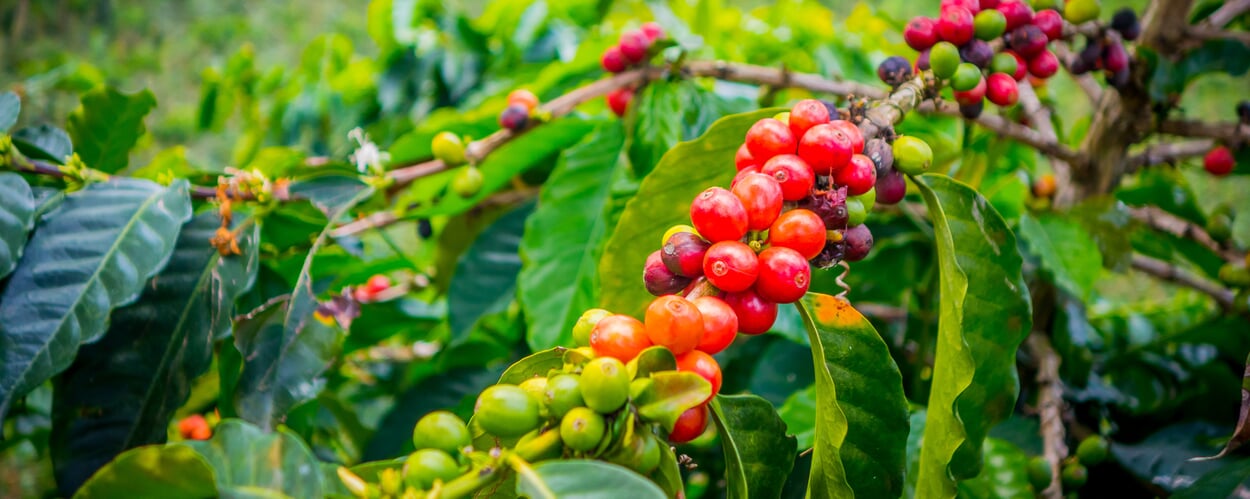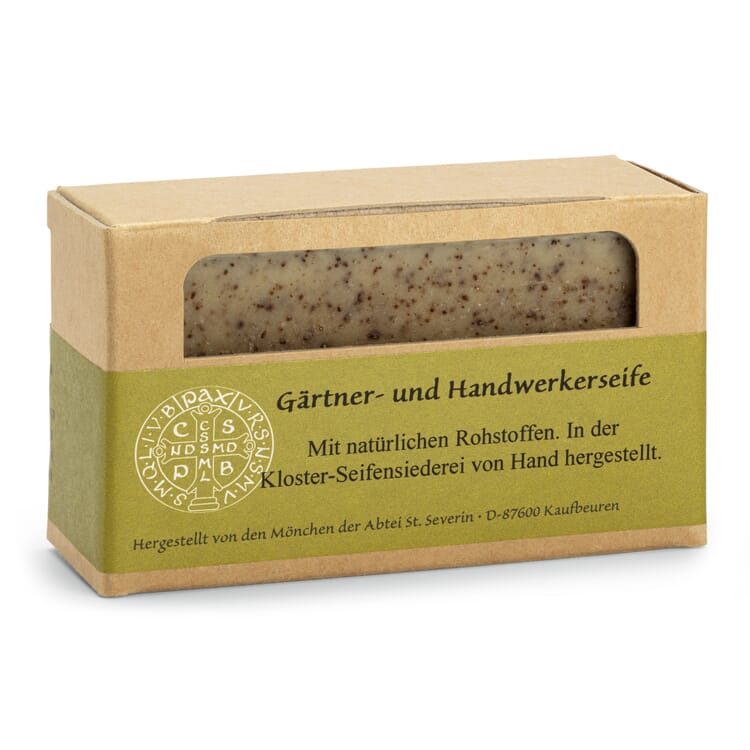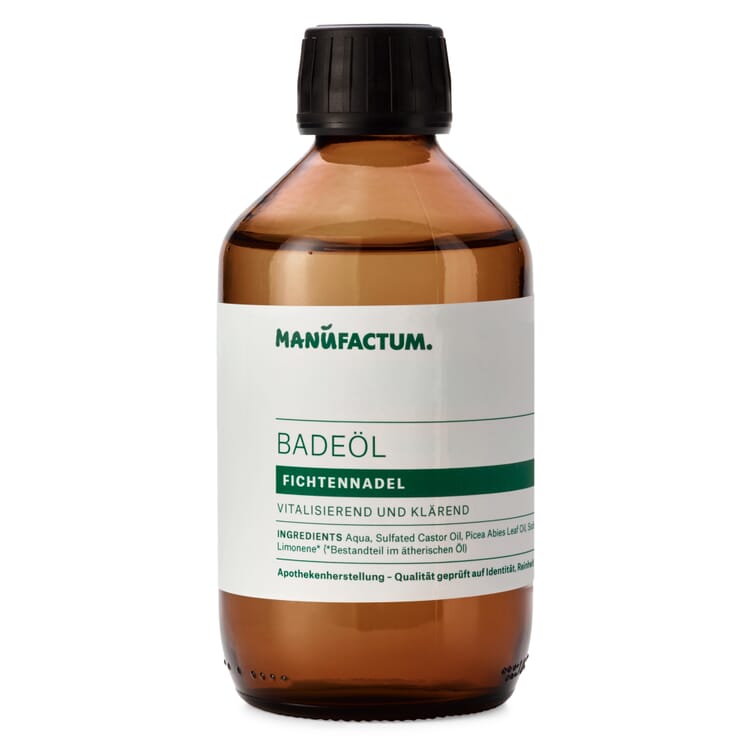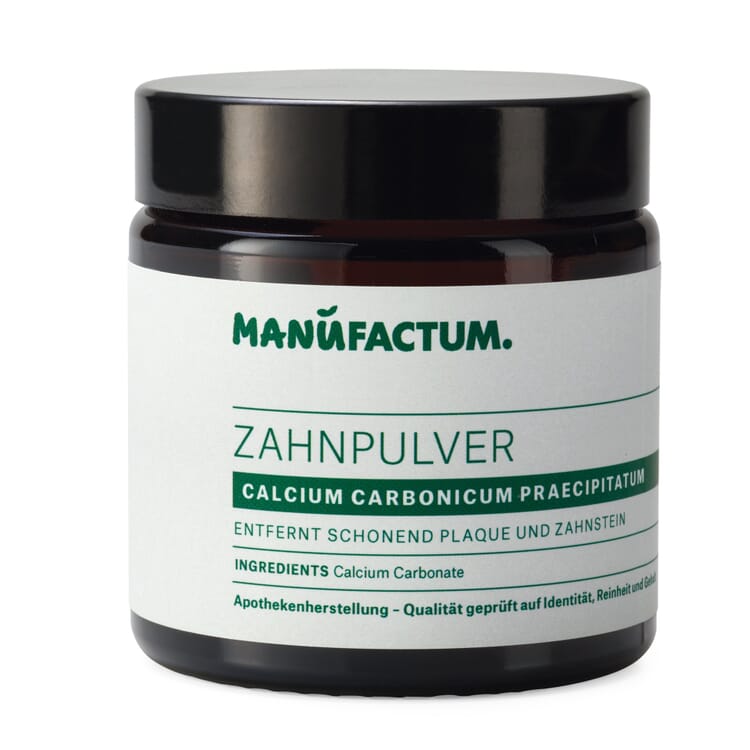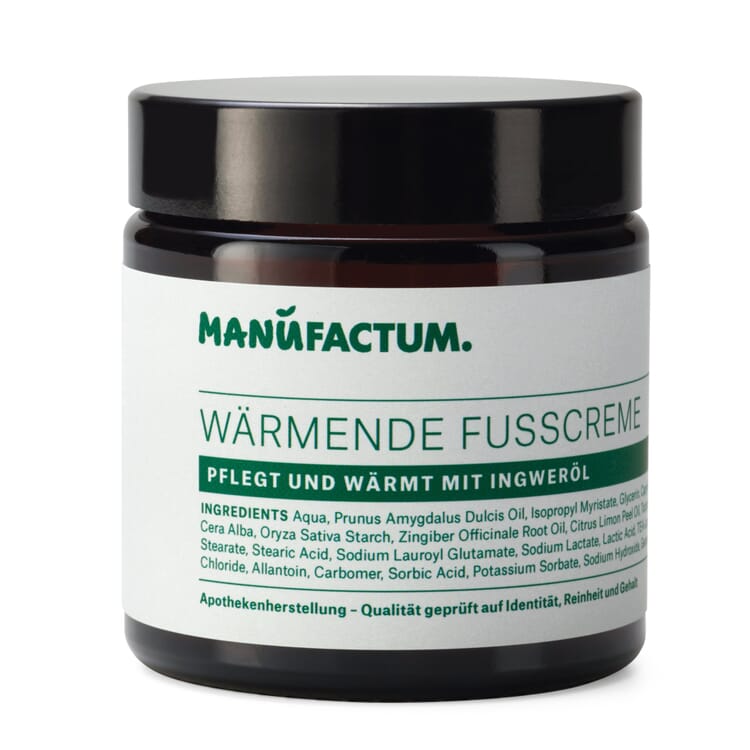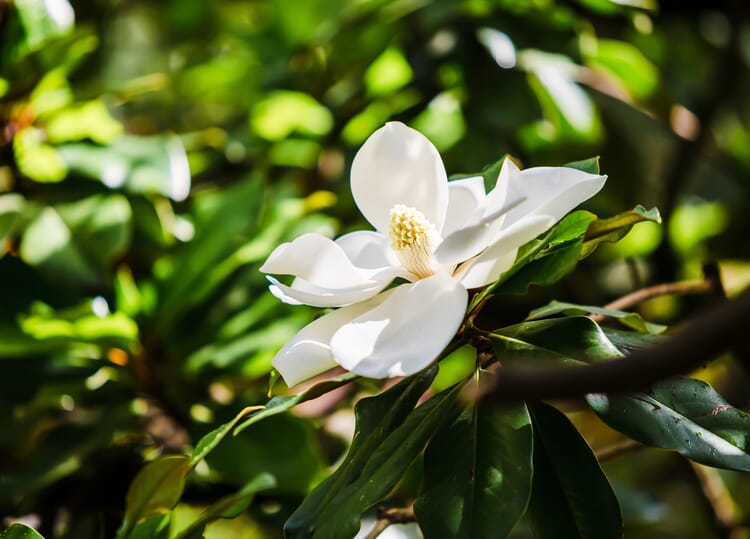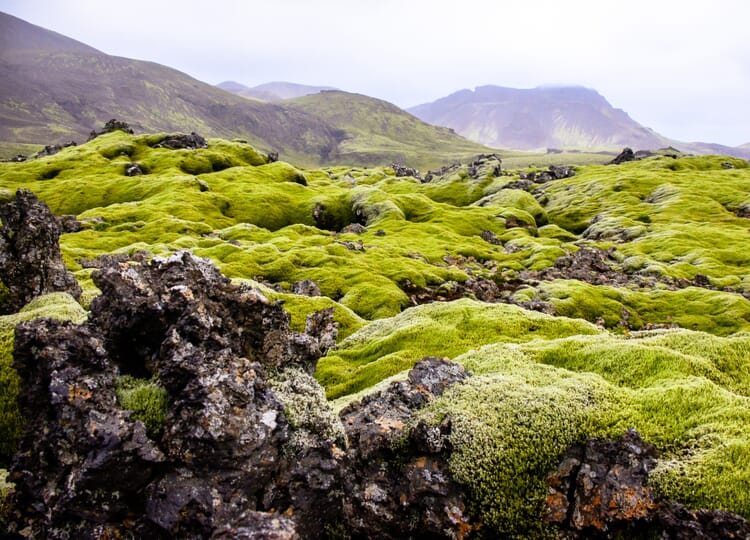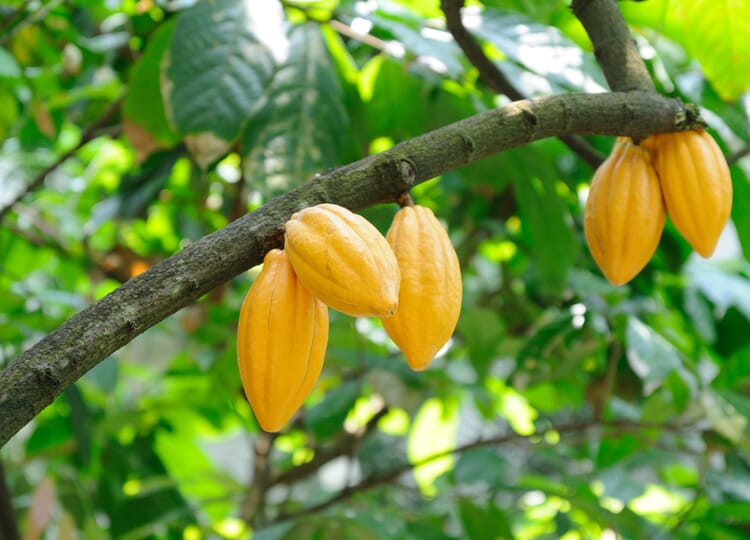Medicinal plants A|B|C
Coffee tree (Coffea spec.)
The genus Coffea, which belongs to the red pepper family, comprises over 100 species; only two of them are important for commercial cultivation: Arabica (C. arabica) and Robusta coffee (C. caneophora). These evergreen trees grow up to five and eight meters tall, respectively. Their small white flowers produce coffee cherries, each of whose pulp encloses two seeds: the coffee beans. Because new blossoms are formed over a long period of time, the trees bear blossoms and fruits in all degrees of ripeness at the same time.
Origin and cultivation.
Arabica coffee has its home in the Ethiopian highlands, while Robusta was originally at home in West and Central Africa and copes better with the climatic conditions in the lowlands. Today, coffee plantations are established throughout the world in the tropics and subtropics, the prerequisite being loose soil that is well supplied with nutrients. Harvesting the red coffee cherries takes more than three months. They are dried in the sun until the seeds "rattle" inside them. Then the coffee beans are freed from their hulls and enter the market as green coffee.
Ingredients.
In addition to the typical aroma of roasted seeds, caffeine is the substance that coffee is all about. Surprisingly, coffee initially has a calming effect: if you lie down after a cup of coffee, you fall asleep well; that's why many hospitals like to serve coffee before you go to bed. Those who stay awake experience the invigorating and stimulating effect of caffeine - sleep is then out of the question. Since caffeine is also absorbed through the mucous membranes of the mouth, its effect is more rapid if the sip of coffee (or a product containing caffeine) is held in the mouth for longer.
Use of the caffeine.
- The per capita consumption of coffee in Germany shows how much the stimulating effect of coffee as a stimulant is appreciated: It amounts to almost half a liter of coffee per day.
- Caffeine is also used in cosmetics. It promotes blood circulation and stimulates the metabolism. Its decongestant effect makes the skin look firmer.
- Caffeine actually seems to stop hair loss, which is why it is often a component of hair care products.
- Caffeine also acts as a mild painkiller; because it has a vasodilator effect, it can relieve migraines and headaches.
Coffee consumption is not as harmful as was assumed for a long time. A connection between coffee consumption and high blood pressure has not been proven; on the contrary, the antioxidant components in coffee seem to have a positive effect on the body.
Exclusive Manufactum body care products
Recommended Topics
Over 130 million years ago, magnolias were among the first plants to produce flowers. At that time there were no bees, but there were beetles; to this day magnolias are pollinated by beetles. One of the approximately 250 species is the evergreen Magnolia grandiflora. As a tree or multi-stemmed shrub, it grows up to 25 meters high, and its creamy white flowers are among the largest tree flowers of all, measuring 25 centimeters.
View moreIceland moss has a doubly misleading name: Neither is it typical of Iceland, nor is it a moss. It is a lichen - that is, a hermaphrodite of fungus and alga that live together in symbiosis. The lichen's pads, about a hand's width high, can cover large areas, so it is called "rock grass" in Scandinavian countries. Its braun-green, leathery lobes curl up in dry conditions and form whitish green, antler-like branched forms.
View moreWith a height of "only" 15 meters, the evergreen cacao tree belongs to the undergrowth in the Amazon jungle. It likes it shady, roots only shallowly and needs neighboring trees to support it; even at maximum size, its trunk remains thin. Throughout the year, yellowish to reddish flowers appear directly on the trunk and on the thicker branches, where the yellowbrauncacao fruits, about 30 centimeters long, also ripen. Embedded in their flesh are five rows of seeds - the cocoa beans.
View more
